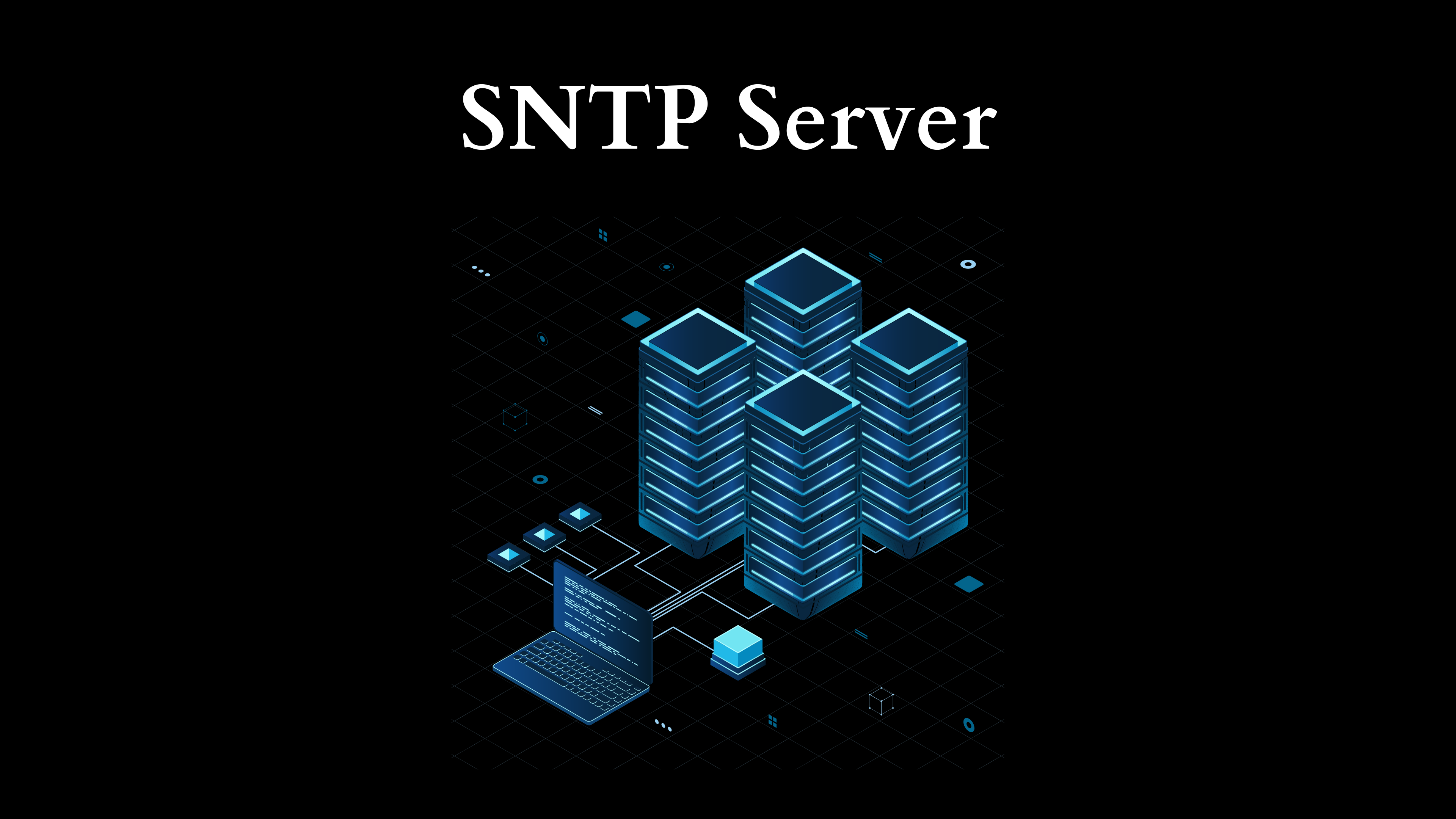Understanding SNTP Servers: Simplifying Time Synchronization in Networked Systems
In today’s interconnected world, where devices and systems work seamlessly together, maintaining accurate time across various networks has become an essential requirement. Time synchronization plays a pivotal role in numerous applications, from maintaining the integrity of transactional databases to ensuring proper operation in telecommunications. One of the protocols that facilitate time synchronization is the Simple Network Time Protocol (SNTP). In this blog post, we will delve into what SNTP servers are, how they operate, their benefits and limitations, and their role in modern computing environments.

What is SNTP?
SNTP stands for Simple Network Time Protocol. It is a simplified version of the Network Time Protocol (NTP), designed to synchronize time across computer systems connected to a network. While NTP provides a comprehensive framework for time synchronization over the internet or local networks, SNTP offers a lightweight alternative suited for applications where high precision is not critical.
History and Development
The development of SNTP is closely linked to its more complex counterpart, NTP, which was originally designed in 1985 by David L. Mills. NTP offers a high degree of accuracy, often within milliseconds over local networks and even within seconds over the internet. SNTP is derived from NTP and was engineered to meet the needs of systems and applications where the precision requirements are relaxed. As such, it can cater to embedded systems, consumer electronics, and other environments where resource constraints may limit usage.
How SNTP Servers Work
Architecture of SNTP
At the heart of SNTP is the client-server model. An SNTP server retains a reference time from an accurate source, such as an atomic clock or GPS. The server disseminates this time over the network, allowing client devices to synchronize their clocks.
SNTP Operation Process
- Time Source: An SNTP server typically synchronizes its clock with an authoritative time source. This can be achieved via NTP, GPS, or other reliable means.
- Client Request: When a device (the SNTP client) requires the current time, it sends a request to the SNTP server.
- Time Stamp Transmission: The SNTP server responds with a time stamp indicating the current accurate time. This time stamp is accompanied by the server’s own time, allowing clients to calculate the round-trip delay and adjust their clocks accordingly.
- Clock Adjustment: The client device then updates its clock based on the received time information. In many implementations, clients may apply a correction factor to account for network latency.
Time Synchronization Accuracy
While SNTP does not offer the same level of precision as NTP, it can still achieve an accuracy of a few milliseconds over local networks and can be sufficient for many applications. However, it’s important to note that factors such as network conditions can introduce variability, impacting synchronization accuracy.
Advantages of Using SNTP Servers
- Simplicity: The primary advantage of SNTP over NTP lies in its straightforward implementation. SNTP clients and servers have a reduced configuration complexity, making it easier to set up and manage.
- Resource Efficiency: SNTP is designed for environments with limited resources. This includes embedded systems, low-power devices, and consumer electronics which often have less processing power and memory.
- Reduced Overhead: SNTP has lower communication overhead compared to NTP, as it does not require the complex algorithms that govern NTP’s time synchronization process. This can lead to faster responses in real-time applications.
- Compatibility: Advanced systems that utilize NTP can often interoperate with SNTP clients. This makes it easier to integrate devices into a larger time-synchronization framework.
Limitations of SNTP Servers
- Limited Accuracy: The most significant limitation of SNTP is its lower precision compared to NTP. In environments where time accuracy is critical—such as financial transactions, telecommunications, and distributed databases—NTP is generally preferred.
- Network Latency: Since SNTP relies on network communication to synchronize time, latency can cause discrepancies. Changes in network load, routing, and other factors can lead to time errors.
- Less Robust Features: SNTP lacks some of the advanced features of NTP, such as time averaging and complex error correction mechanisms. This can be a drawback in more sophisticated applications that need these capabilities.
Applications and Use Cases of SNTP Servers
Due to its simplicity and the reduced resource requirements, SNTP is well-suited for a variety of applications:
- Consumer Electronics: Devices such as smart TVs, set-top boxes, and IoT devices often use SNTP for time synchronization to ensure smooth operation, particularly for features that rely on time, such as scheduled recordings or information retrieval.
- Embedded Systems: Many embedded systems, including those used in industrial automation, use SNTP to synchronize time without the need for the complexity of NTP.
- Network Devices: Routers, switches, and firewalls frequently implement SNTP to maintain consistent time logs for security and auditing purposes.
- Simple Web Applications: Applications that do not require millisecond accuracy can rely on SNTP servers for logging activities and timestamping events.
- Gaming Systems: Video game consoles might employ SNTP for synchronizing system clocks for online gaming interactions and events.
Conclusion
In a world increasingly reliant on synchronized time for digital operations, understanding the role of SNTP servers is essential. While SNTP may not rival the accuracy of its counterpart NTP, its simplicity and resource efficiency are valuable in a range of applications. As technology continues to evolve, SNTP will remain a vital component of time synchronization strategies for devices that prioritize functionality over precision.
Shop Now






